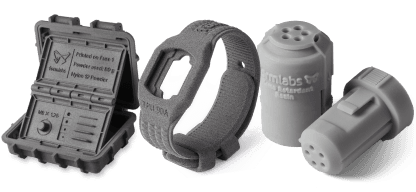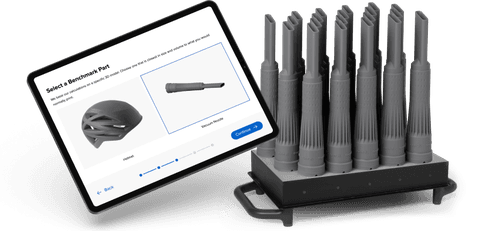Ultimate Tensile Strength (MPa)
Tensile Modulus (GPa)
Flexural Modulus (GPa)
Notched IZOD (J/m)
Heat Deflection Temp @0.45 MPa (°C)
Elongation at Break (%)
Materials Catalog. Advanced Resins and Powders for 3D Printing.
Material Compare
Try Out Now

Request a Free Sample Part
See and feel Formlabs quality firsthand. We’ll ship a free sample part to your office.
Request a Free Sample PartCalculate Your Time and Cost Savings
Try our interactive ROI tool to see how much time and cost you can save when 3D printing on Formlabs 3D printers.
Learn MoreWhat Material is Right for You?
Compare All MaterialsOverview
Material properties1
1: Post-cured measurements. See more details in material properties data

